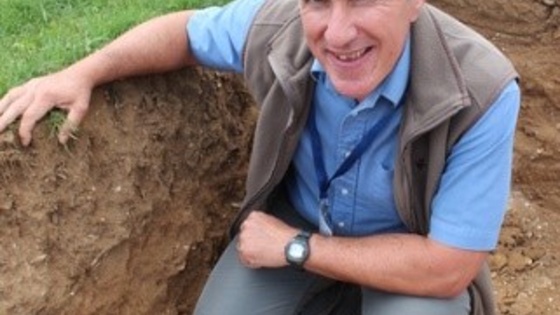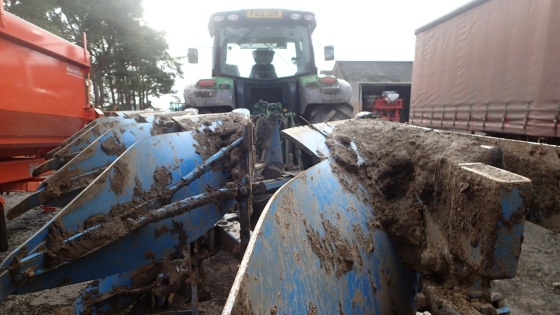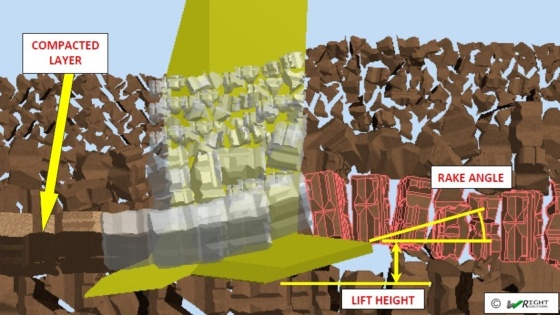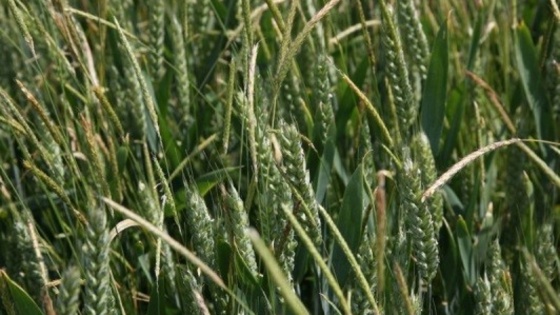Cultivation Principles - Black grass

Cultivation Principles
Our Expert
Philip Wright
Philip Wright was trained in agricultural engineering at Silsoe College, Bedford, gaining an Honours Degree in 1979. He became registered as a Chartered Engineer with the Engineering Council in 1990, and is a member of the Institution of Agricultural Engineers, the American Society of Agricultural and Biological Engineers and the British Society of Soil Science. Philip was technical director of Simba International (now Great Plains), the UK leading manufacturer of cultivations machinery, having been employed there since 1979.
As part of the BASF panel of Arable Weed Control experts, Philip will advise on cultivations and drilling techniques specifically targeting the control of various key weeds, for example how they respond soil disturbance, where the weed seed bank needs to be for best control [inverted/buried, or in the upper zone of maximum residual herbicide efficacy], plus the ideal scenarios for effective control – delayed drilling, spring cropping, other cultivations and residue/canopy management options, ideal cropping rotation sequences, etc.
Control of Black-grass - Residue Management
Ensure an even spread of residues and a good chop of straw to maximise herbicide efficacy and avoid unnecessary cultivations. Straw chopper knives need regular maintenance and changes – often 3 or more times a season depending on crops harvested and use.
Where appropriate (e.g. when direct drilling with appropriate equipment into high residue levels) leave a longer stubble. Mulching of high stubbles can be effective where straw needs time to become brittle after harvest.
Conventional, Strip Tillage and Direct Drilling are all appropriate when considering this weed. Note detailed comments on establishment.

Residue spreading and shallow stale seedbed cultivation by raking
Blackgrass requires light to germinate and much will emerge without cultivations. Very shallow (up to 5cm) cultivations can move seed into moisture and soil contact, stimulating germination, but can also dry out the surface. Rolling will consolidate the seedbed, retaining moisture, and help manage slugs in conjunction with some soil movement. Multiple cultivations passes (for example by shallow raking) combined with surface rolling can allow flushes to be sprayed out by glyphosate. Shallow discing/rolling can also be used, noting that depths worked (ideally ≤ 5cm) should be only just greater than the drilling depth of the following crop. Surface consolidation is essential after shallow tillage, and pressing to depth is needed after deeper cultivation. Timing of operations can be managed according to dormancy of the blackgrass, and is most effective when temperatures are sufficient for germination.
Ploughing is the alternative to shallow surface disturbance by fully inverting and burying the surface seed bank. This should be done preferably one year in 5 or more. Effective burial by (i) suitably narrow furrow width (30/35cm on heavier soils) and share width < furrow width; (ii) sensible forward speed; (iii) appropriately set skimmers; (iv) post plough pressing to close the surface; (v) pre-cultivation shallow if needed so soil/straw contact of the buried residues allows efficient breakdown and good rates of water movement through the profile.
Maintain seed bank horizons by controlled surface disturbance of all operations. Mixing weed seeds to variable depths reduces efficacy of residual herbicides and prolongs the germination period for weeds.
Loosening as needed by low rake angle winged tines with adequate lift height for conditions and depth worked. This controlled vertical fissuring also minimises disrupting the weed seed bank horizons. Aim to establish a following crop ASAP after loosening (cover crop if spring drilling next main crop) to stabilise the resulting structure created.

NOTE: Effective loosening is vital where structure is likely to reduce or inhibit moisture infiltration levels. Poor drainage suits blackgrass and not the crop – so competitiveness is reduced here. Consider headlands and the main field areas separately where loosening is needed as in many cases loosening depths are different, or not required across the whole field.
AT ALL COSTS avoid: AT ALL COSTS avoid: (i) Deep, non-inversion mixing, (II) re-inversion by a second ploughing within a 5-year period, (iii) lower depths of disturbance when cultivating than during follow-on spring drilling, (iv) failure to consolidate after soil disturbance as this will lose moisture and adversely affect germination potential of the weed seeds.
NOTE: In high blackgrass dormancy years, spring establishment of the next crop is preferable. In severe blackgrass infestations, multiple (3 or more successive) spring crops can be essential.
NOTE: An alternative in severe cases is a short-term grass ley break – minimum 2 seasons or ideally 3 – which can be effective. Here, the following crop MUST be direct drilled and ideally be a legume to counteract short term grass residue effects and further extend the length of the rotation away from cereals cropping.

